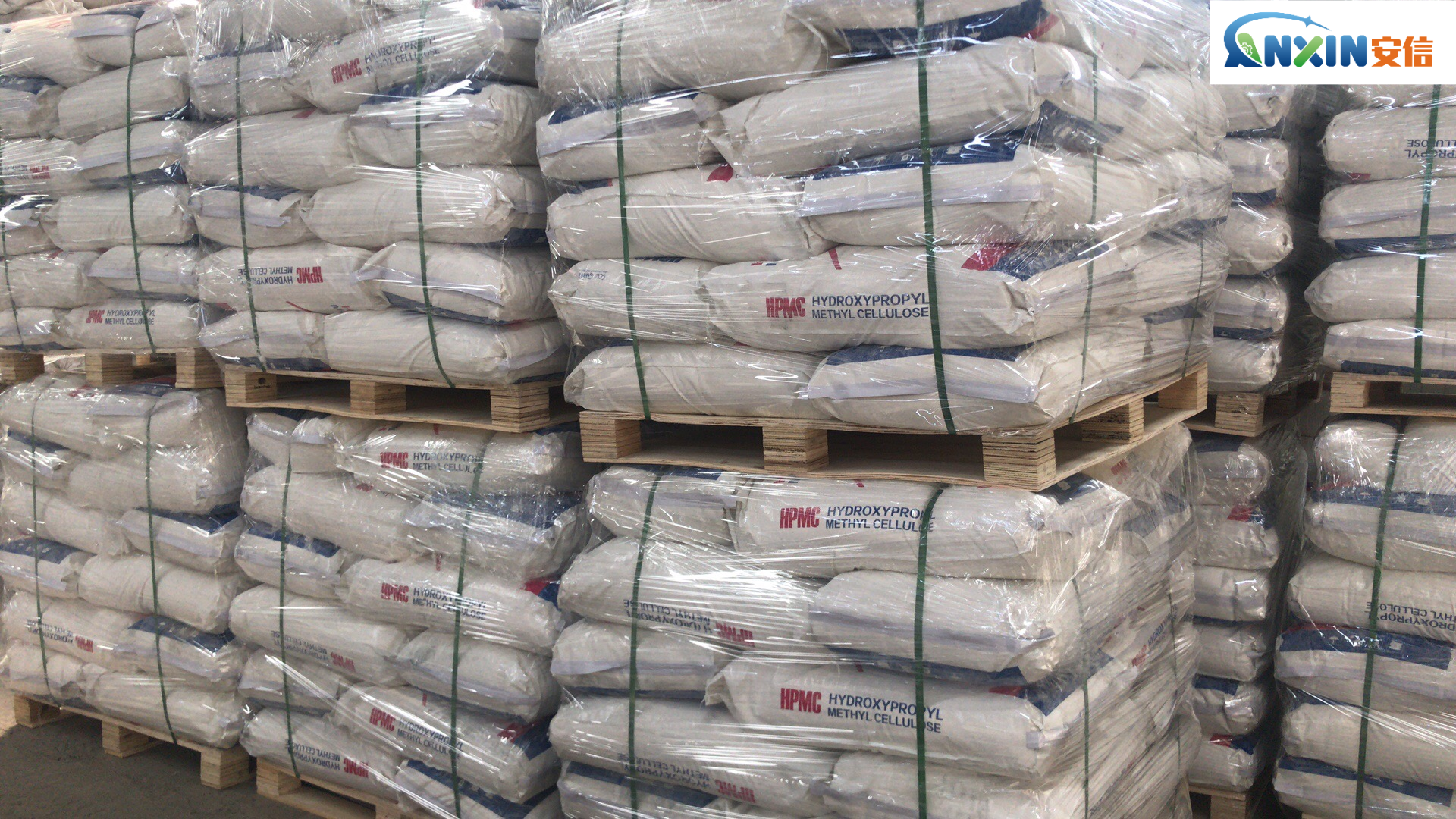Hydroxypropyl methylcellulose model difference
Hydroxypropyl methylcellulose (HPMC) is a versatile compound used in various industries, including pharmaceuticals, food, cosmetics, and construction. Its properties and applications vary depending on its molecular structure, which can be modified to suit specific needs.
Chemical Structure:
HPMC is a derivative of cellulose, a natural polymer found in plants.
The hydroxypropyl and methyl substituents are attached to the hydroxyl groups of the cellulose backbone.
The ratio of these substituents determines the properties of the HPMC, such as solubility, gelation, and film-forming ability.
Substitution Degree (DS):
DS refers to the average number of substituent groups per glucose unit in the cellulose backbone.
Higher DS values result in increased hydrophilicity, solubility, and gelation capacity.
Low DS HPMC is more thermally stable and has better moisture resistance, making it suitable for applications in construction materials.
Molecular Weight (MW):
Molecular weight affects viscosity, film-forming ability, and mechanical properties.
High molecular weight HPMC typically has higher viscosity and better film-forming properties, making it suitable for use in sustained-release pharmaceutical formulations.
Lower molecular weight variants are preferred for applications where lower viscosity and faster dissolution are desired, such as in coatings and adhesives.
Particle Size:
Particle size influences powder flow properties, dissolution rate, and uniformity in formulations.
Fine particle size HPMC disperses more readily in aqueous solutions, leading to faster hydration and gel formation.
Coarser particles may offer better flow properties in dry mixtures but may require longer hydration times.
Gelation Temperature:
Gelation temperature refers to the temperature at which HPMC solutions undergo phase transition from a solution to a gel.
Higher substitution levels and molecular weights generally lead to lower gelation temperatures.
Understanding gelation temperature is crucial in formulating controlled-release drug delivery systems and in the production of gels for topical applications.
Thermal Properties:
Thermal stability is important in applications where HPMC is subjected to heat during processing or storage.
Higher DS HPMC may exhibit lower thermal stability due to the presence of more labile substituents.
Thermal analysis techniques such as differential scanning calorimetry (DSC) and thermogravimetric analysis (TGA) are used to assess thermal properties.
Solubility and Swelling Behavior:
Solubility and swelling behavior depend on DS, molecular weight, and temperature.
Higher DS and molecular weight variants typically exhibit greater solubility and swelling in water.
Understanding solubility and swelling behavior is critical in designing controlled-release drug delivery systems and formulating hydrogels for biomedical applications.
Rheological Properties:
Rheological properties such as viscosity, shear thinning behavior, and viscoelasticity are essential in various applications.
HPMC solutions exhibit pseudoplastic behavior, where viscosity decreases with increasing shear rate.
The rheological properties of HPMC influence its processability in industries such as food, cosmetics, and pharmaceuticals.
the differences between various models of HPMC stem from variations in chemical structure, substitution degree, molecular weight, particle size, gelation temperature, thermal properties, solubility, swelling behavior, and rheological properties. Understanding these differences is crucial for selecting the appropriate HPMC variant for specific applications, ranging from pharmaceutical formulations to construction materials.
Post time: Apr-15-2024
